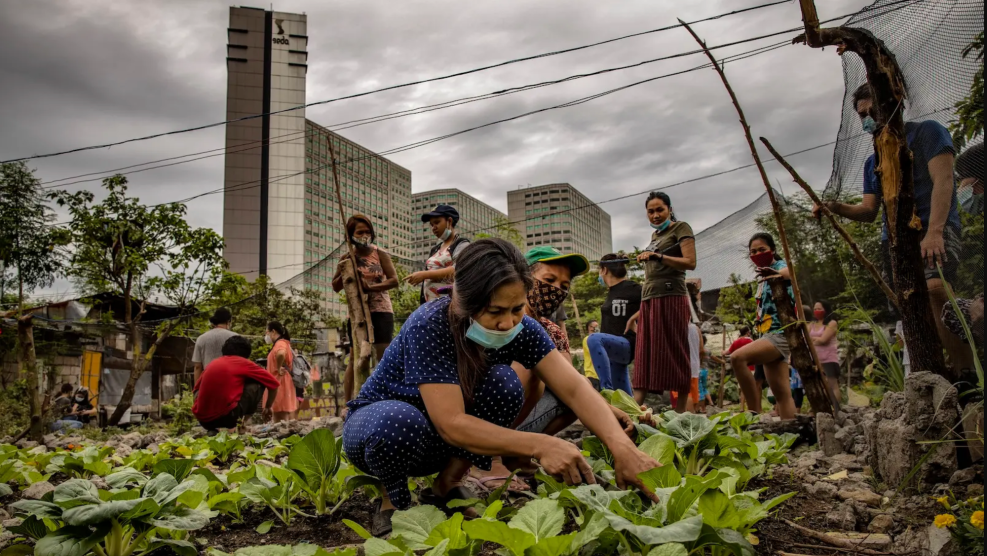This article was created by the Center for American
Progress.
In March 2003, when the Army chief of staff, Gen. Eric Shinseki, argued that the Bush administration’s position on the number of ground troops necessary to occupy Iraq was grossly inadequate, he was publicly disparaged by Secretary of Defense Donald Rumsfeld, who mistakenly believed we would be greeted as liberators.
But last month, when Army Gens. John Abizaid and George Casey, the top commanders in Iraq, argued that a substantial number of troops could be withdrawn next spring or summer, Rumsfeld was silent. Why? After all, the generals had essentially contradicted statements by President Bush and Rumsfeld that we will remain in Iraq as long as necessary and that there is no timetable for withdrawal. True, the generals conditioned their plan on containing the insurgency and increasing the capability of the Iraqi forces, but as recent events indicate, neither of these conditions are likely to be met anytime soon.
The primary reason for the statements and Rumsfeld’s silence is that even if we wanted to keep about 140,000 ground troops in Iraq through 2006, we cannot do so without breaking the all-volunteer Army.
Gen. Maxwell Taylor, chairman of the Joint Chiefs of Staff for President Lyndon Johnson, said that while we sent the Army to Vietnam to save Vietnam, we had to withdraw to save the Army. This is where we are today.
If Iraq were a war of necessity, the U.S. would simply send sufficient ground forces there for the duration. But, since it is a war of choice, fought by volunteers, the active-duty soldiers spend a year in Iraq and at least a year at home before going back.
And the Army does not want to order a soldier to be sent back a third time. By the end of this year, nearly every active-duty soldier will have spent at least two tours in Iraq.
Moreover, since the active-duty Army was too small to implement effectively Bush’s preventive war in Iraq, the administration has had to rely unduly on the National Guard and Reserves. Part-time soldiers make up about 40% of the troops in Iraq. In order to keep so many reservists there, the Pentagon has had to violate its norm of not mobilizing reservists for more than one year out of five.
Sending soldiers back for a third time will ruin the Army’s retention rate, which so far has held up. Staying in Iraq through 2006 will completely undermine the Army’s recruiting, which despite massive increases in enlistment bonuses is already a disaster. Keeping 50,000 reservists in Iraq throughout 2006 will force the administration to ask Congress to repeal the law that forbids reservists from serving on the active duty for more than two years.
A debate on this subject will likely call into question the administration’s reasons for invading and its conduct of the war.
This is why the generals are making plans to withdraw and why the Bush political machine is quiet.
Originally published in the New York Daily News.
















